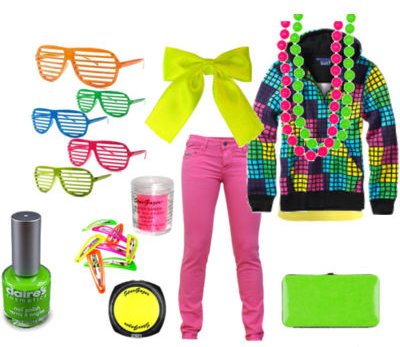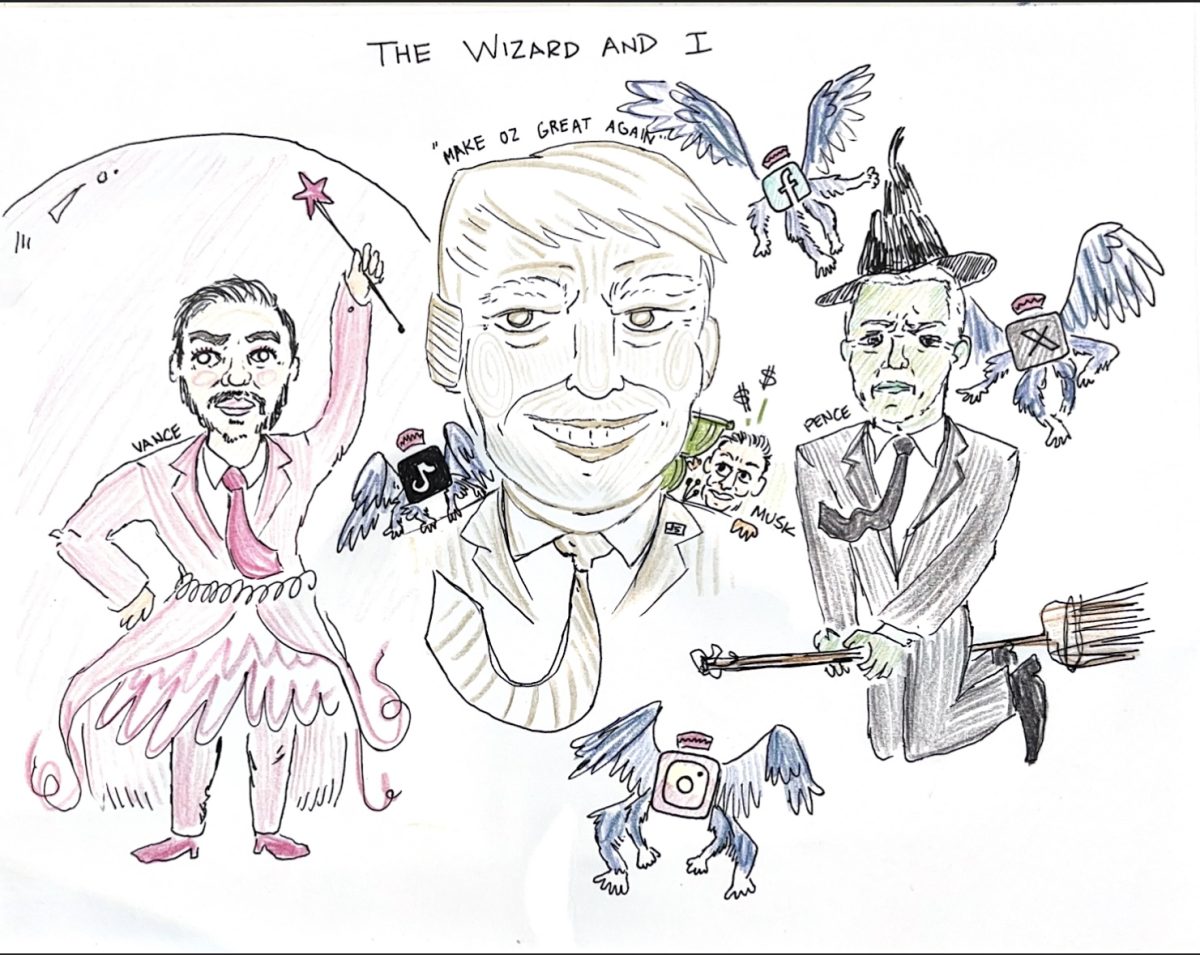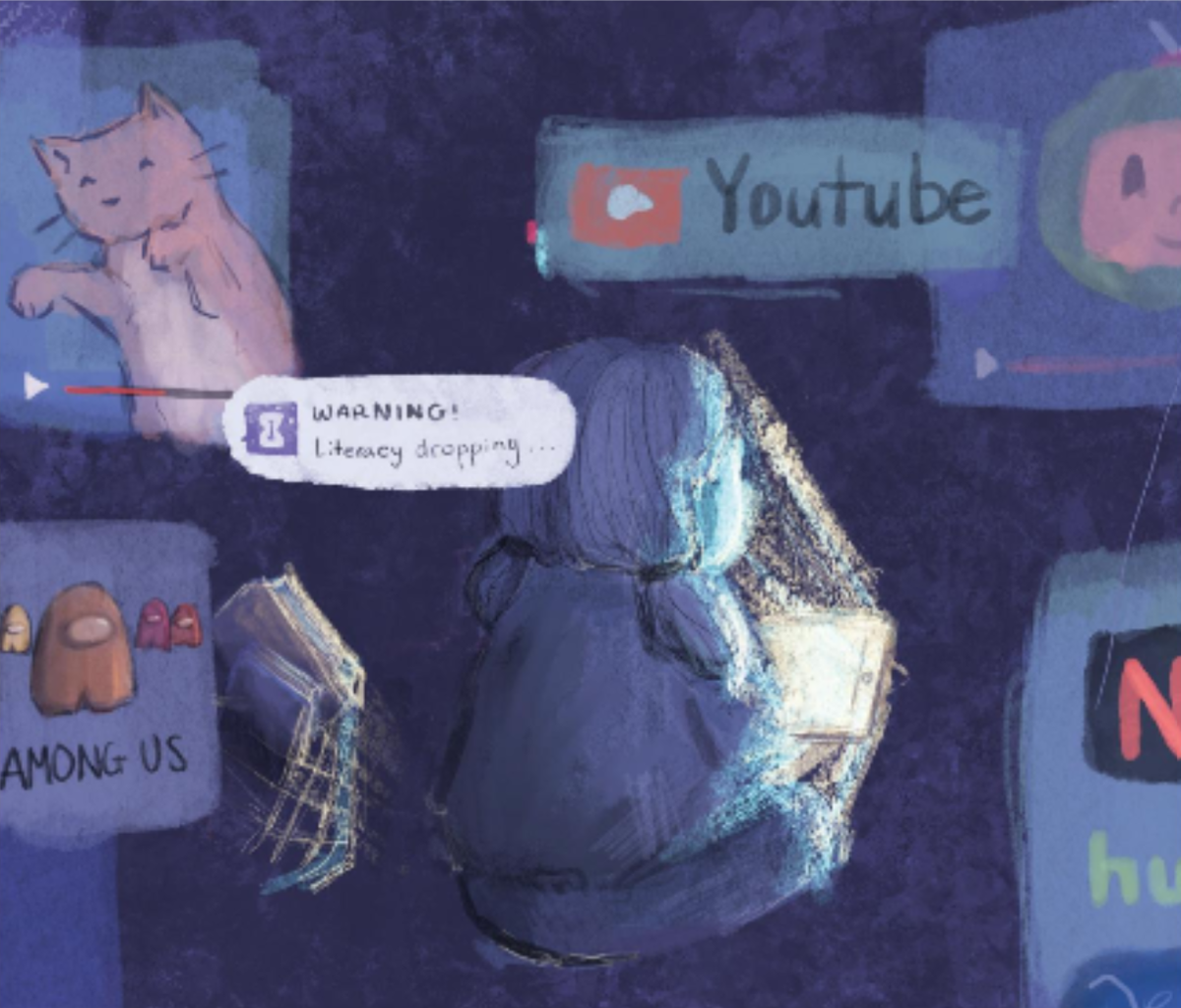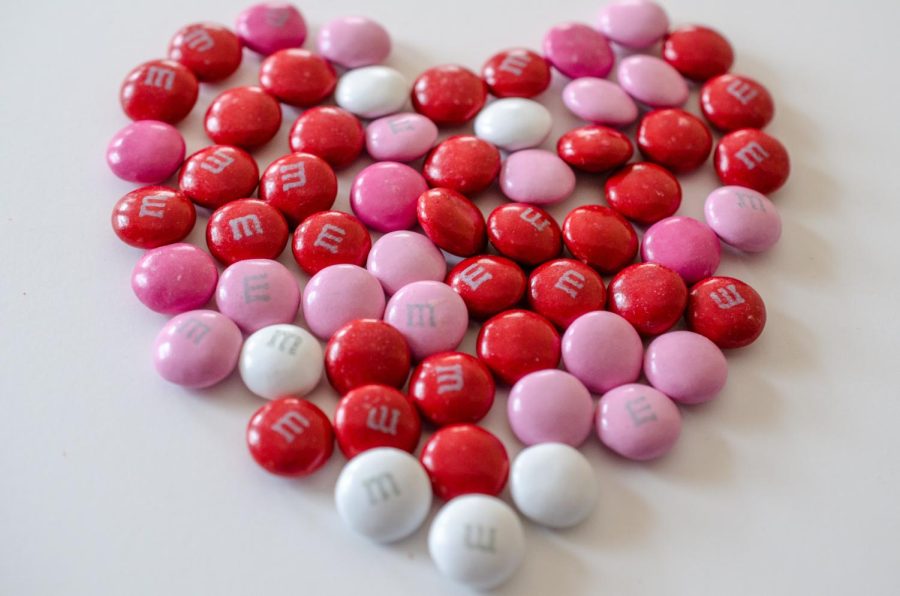Four years after the release of Captain Marvel, Brie Larson once again helms a blockbuster starring as the cosmic superhero. But this
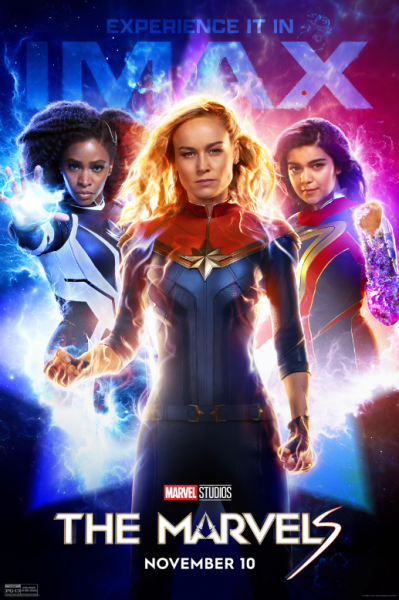
time, she’s not alone; with the help of the not-yet-codenamed Monica Rambeau (Teyonah Parris) and Kamala Khan, a.k.a. Ms. Marvel (Iman Vellani), she embarks on an adventure that might be the Marvel Cinematic Universe’s least ambitious outing to date.
The movie’s plot is incredibly underwhelming. The three protagonists—Carol Danvers/Captain Marvel, Monica Rambeau, and Kamala Khan/Ms. Marvel—are somehow “entangled,” meaning that whenever any of the three use their powers at the same time, they switch places with one another. They also have to stop a villain (whose name I forgot immediately after leaving the theater) from stealing natural resources for her dying planet by tearing holes in space.
The antagonist, Dar-Benn, played by Zawe Ashton, is underdeveloped and not particularly threatening. Ashton does her best with the script she is given but has very little screen time in what is the MCU’s shortest movie by nearly ten minutes.
Dar-Benn is not the only disappointing aspect of The Marvels. Nearly everything in the movie seems undercooked. The plot is forgettable, the acting is just passable (save for Vellani, who does an admirable job), the cinematography is some of Marvel’s least inspired and the character work ranges from subpar to frustrating.
Take Kamala Khan, for example. When Danvers, her idol, decides to leave some citizens behind to die in a natural disaster that Dar-Benn inflicted instead of trying to save them all, that moment should be hugely impactful for Khan’s character. Her role model is responsible for the death of hundreds—but the plot demands that she gets over it immediately, so she does. Instead of going the hard way and having its characters grapple with difficult circumstances, The Marvels hand-waves depth away.
Parris’ character is more of the same. According to the film, she has held Danvers in contempt for decades, but that resentment disappears in a single conversation. Monica Rambeau is instead a clichéd scientific exposition machine—one so overdone that I was shocked when neither Khan nor Danvers used the phrase “in English!”
I was especially upset with The Marvels because of how it portrayed Nick Fury (Samuel L. Jackson). Throughout the Marvel Cinematic Universe, Fury has served as a consistent no-nonsense, morally-gray presence who seemed to know more than the audience at some points. He was always intimidating and had a certain depth to him that some other Marvel characters lacked. In “The Marvels,” he serves as little more than comic relief, and he lacks a lot of the allure that made him so compelling in prior entries.
Another issue with the movie (along with many other Marvel entries) is a lack of stakes. Captain Marvel is so powerful that nothing can really hurt her. We also know that the studio loves to use its characters for a long time, so neither Khan nor Rambeau can die.
But one scene in The Marvels works really well. The three protagonists, still entangled, learn how to take advantage of their predicament effectively in a short montage. The scene characterizes the three heroes well, demonstrates a growing synergy between the makeshift team and explains the rules of the switching naturally. It leaves the viewer with the idea that there’s a better movie buried deep within The Marvels.
In a period where the general public is growing more tired of the MCU, the studio needed a bold, inventive and solid movie to get people in theater seats. Instead, The Marvels plays everything way too safe.
Final score: 4/10



